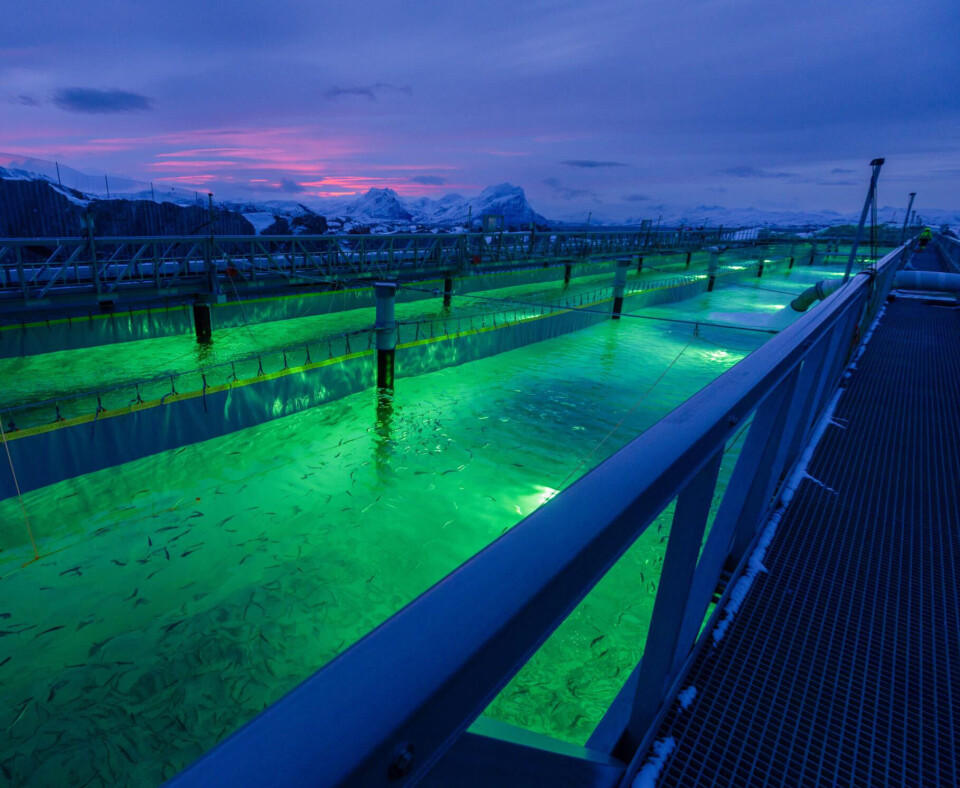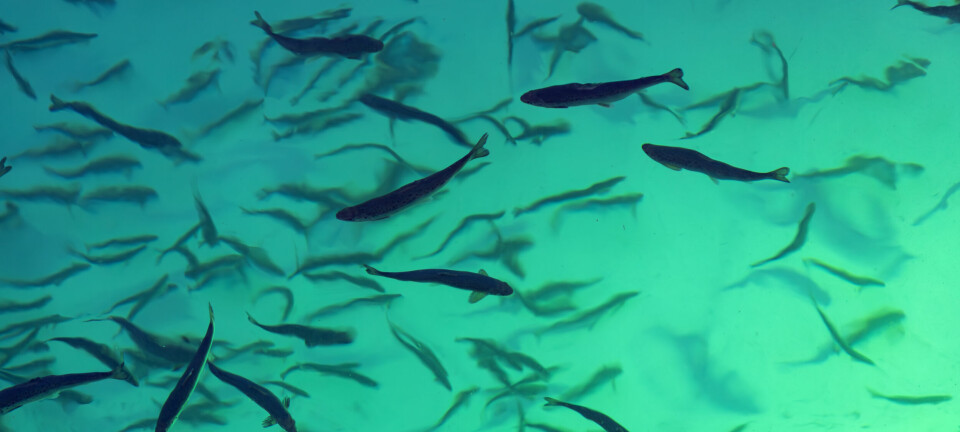
Around 300,000 smolts have died at Gigante Salmon
Combination of causes identified for mortality in Norwegian flow-through fish farm
Nearly half of the first smolts to be stocked by land-based fish farmer Gigante Salmon last month have died, the company has revealed.
“As announced on 25 January 2024, Gigante Salmon has experienced challenges with mortality related to the first release of smolt,” the company said in a market announcement this afternoon.
“The main challenges were with the smolt received in the second delivery, and there is no indication that the cause of the mortality is related to the facility itself.
“The challenges have led to a reduction in production by approximately 300,000, or nearly 50% of the release that was made in January. This corresponds to the volume of the second smolt delivery.
No single factor
“Gigante Salmon has collaborated with the fish health services partner to investigate the cause of the mortality and to implement mitigating measures. No single factor has been identified, but rather a combination of several causes.
“The smolt in the second delivery were of lower quality for several reasons; among them, delayed delivery due to late start-up of the facility.
“Other identified causes include recorded mortality already during loading on to the wellboat, which may have resulted in lower water quality during transportation, and this combined with bad weather during the period meant that the second delivery spent longer in the boat than planned. There was also a low sea temperature (3.8 degrees) at the time of release.
Facility functioning well
“The facility itself is functioning well and as intended. Seawater is being pumped in as planned and the water chemistry is good. The fish are doing well in the longitudinal tanks, which are now operating with a water velocity of about 20 cm/s. We are gaining valuable experience for future production.”
Chief executive Helge E W Albertsen said: “If the fish aren’t doing well, neither are we. Our employees are doing everything they can to address the fishes’ health challenges. It is of little consolation to us that this is not due to the design of the facility. We are doing what we can to handle the situation.”























































